Note from editors: This article on UV-C Light Sanitizers is not intended to diagnose, treat, cure, or prevent any disease or COVID-19 related illnesses.
Exhausted with wiping every surface of your home and gadgets out of fear of the infectious coronavirus? You need not worry – you are not suffering from a case of an obsessive-compulsive disorder. But there must be an easier way of keeping our homes safe, right?
Simply wiping surfaces with disinfectants or constantly washing everything from time to time is not only difficult but also borders on the impossible. And this is where the benefits of UV-C lights can come in handy.
The truth is, without a vaccine, this would be the new normal. But with or without a vaccine, this experience will forever change the way people think, do or how they go about their daily lives.
Types of UV Light
The sun is a natural source for UV light and emits three types of UV radiation: UVA, UVB, and UVC. But before you start heading out to the beach for some sun and get that dose of UV light, let us first take a look into the three types of UV light and what is does to our body.
UV ‘radiation’ as the term implies has the potential to cause skin damage. The severity depends on the length of time and type of UV light you are exposed to. 95 percent of radiation that comes from the sun that reaches the earth’s surface is UV-A light with the remaining coming in as UV-B light.
UV Safety
- Broad spectrum sunscreen (protection for both UV-A and UV-B)
- SPF 15 – FDA minimum recommendation
- SPF 30 – American Academy of Dermatology (AAD) recommendation
- Sunglasses
- UV protective film for car, home, business windows
- UPF clothing – similar to SPF, fabric protection against UV-A and UV-B
UV-A
- Long wave light
- Aging rays
- 95 percent of UV light that reaches the earth
- Can penetrate glass or windows without UV protection films
- Type of light used in tanning beds
- Penetrates the skin’s second layer
- Causes premature skin aging, wrinkles, and skin cancer
UV-B
- Burning rays
- Primarily damages the top layers of the skin
- Damages the skin DNA
- Can cause burns in as little as 15 minutes to unprotected skin
- Can be blocked by glass
- Major risk factor in skin cancers
UV-C
- Shortest type of UV ray
- Does not reach the earth’s surface because it is blocked by the ozone layer
- Can be found in mercury lamps and welding torches
- Is not considered a major risk factor for skin cancer
The Science behind UV-C use
Researches from the Columbia University Irving Medical Center (CUIMC) studied the use of UV-C light as a disinfectant for airborne viruses. Its team of researchers found that UV-C light can be used to kill airborne flu viruses without posing any health risks to humans. The result of their study was published in this article titled, ‘Far-UVC light: A new tool to control the spread of airborne-mediated microbial diseases.’
UV-light which has a wavelength between 200 to 400 nanometers (nm) and is proven to destroy molecular bonds that hold bacteria and virus DNA. It’s long been used in hospitals, doctor clinics, and decontaminate surgical equipment.
While its entirely safe for use on inanimate objects or surfaces, exposure to conventional UV lights can lead to skin cancer and cataracts. Making it impossible to use in public spaces.
Continuing research into UV-C light and its application resulted to the development of a narrow spectrum of ultraviolet light called Far- UVC. It was proven effective in killing MRSA (methicillin-resistant Staphylococcus aureus) bacteria but did not pose any heath risks.
Dr. Brenner in a statement said, “Far-UVC light has a very limited range and cannot penetrate through the outer dead-cell layer of human skin or the tear layer in the eye, so it’s not a human health hazard. But because viruses and bacteria are much smaller than human cells, far-UVC light can reach their DNA and kill them.”
UV-C Light for disinfecting
Most of us would think that sunburns are caused by prolonged exposure of unprotected skin to the heat of the sun. It is accurate that sunburns are caused by sun exposure, but this is due for an entirely a different reason. Sunburns are actually caused by ‘radiation damage’ from UV (ultraviolet) light. If skin is left unprotected or exposed to UV light, this causes the redness, pain, and peeling associated with sunburns.
The good news is that the same UV light that causes skin cancer can be used to kill viruses and bacteria. And this is why UV light sanitizing devices have been designed to provide a convenient way of cleaning laptops, keyboards, phones, remote controls, or basically any electronic device and any surface which we are constantly in contact with.
Why clean? Some studies have proven that these devices; phones in particular, are the dirtiest objects in our lives. And appearances can be deceiving, unless you’ve got microscopic eyes of course. An alternative to UV light is wiping your phone with alcohol or soap and water. Liquids and electronics, not the best combination is it?
How Clean Dirty is your Phone?
Not surprisingly, mobile phones are home to thousands if not millions of germs and viruses. This is because phones are constantly in contact with our hands which in turn scoops up everything it comes in contact with.
- A study by the University of Arizona found that phones are ten times dirtier that toilet seats!
- A high schooler’s phone can contain 17,000 bacterial gene copies
- Research by the London School of Hygiene and Tropical Medicine found that fecal matter can be found on 1 out of 7 phones
And the list goes on…
The most disturbing fact is that phones come directly in contact with our face, mouth, and ears regularly. So you might want to consider cleaning these before using it.
The Best UV Light Sanitizer
UV sanitizers comes in all shapes and sizes, but they all have one thing in common. These devices use ultraviolet light, UV-C to be exact to kill germs, bacteria and viruses. Using the same principle as how UV light causes skin cancer, it damages a bacteria or virus RNA and DNA stopping them from replicating.
Some UV light sanitizers for example are designed for phones, so good luck using that to sanitize your tables and doorknobs. Others are industrial grade and used in hospitals to eliminate germs in an entire room. Some are general purpose or handheld, which can be used to sanitize laptops, keyboards or any surface.
When it comes to selecting the best UV sanitizers, it all comes down to price, functionality and purpose. Certainly there are no clear answers here. So if you’re shopping for a UV light sanitizer, determine the purpose and check similar products for prices to get the best deal.
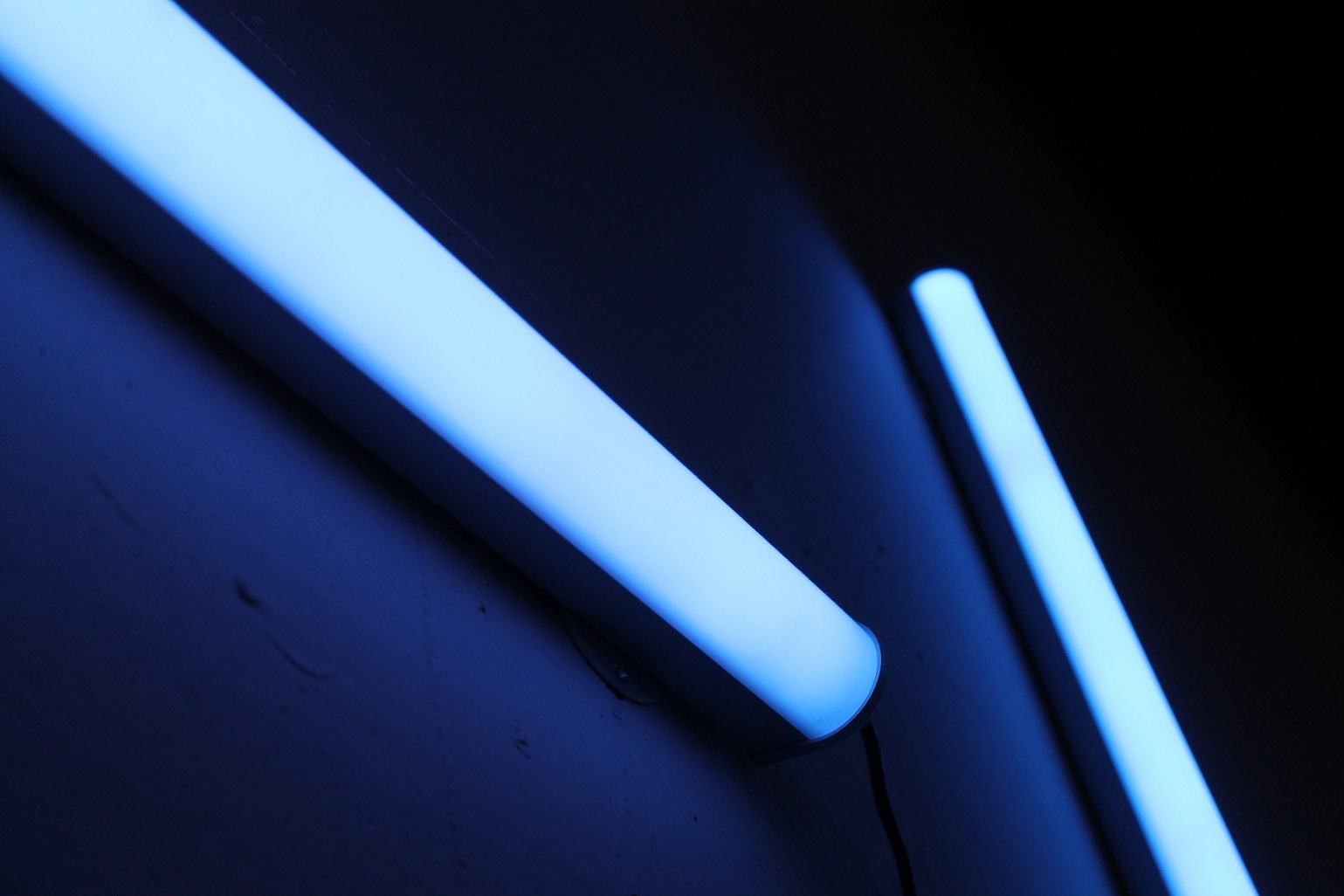


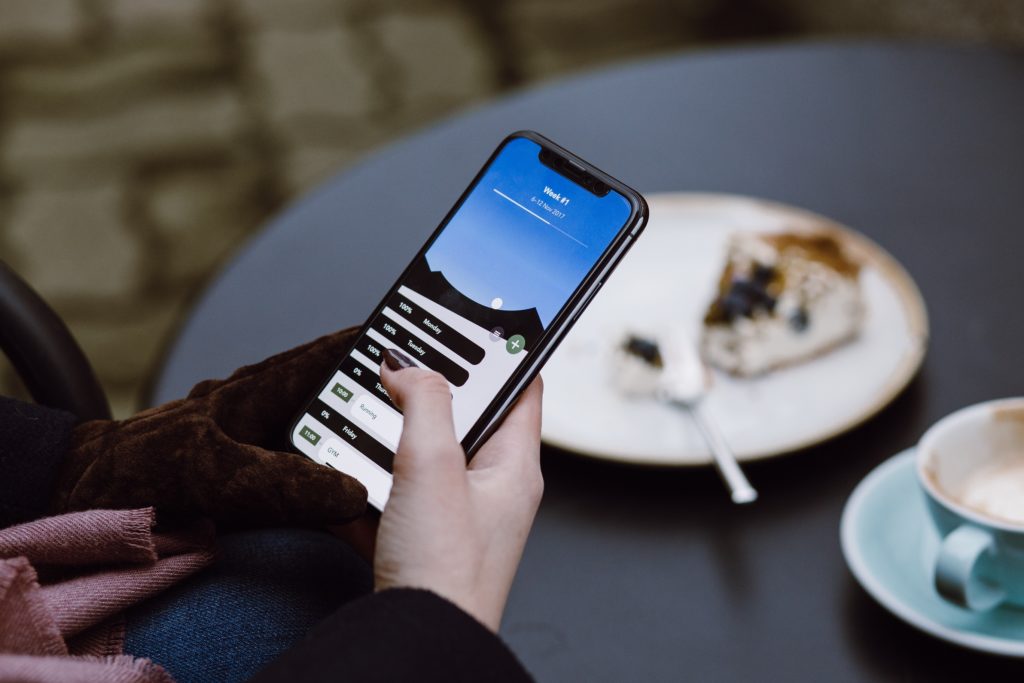


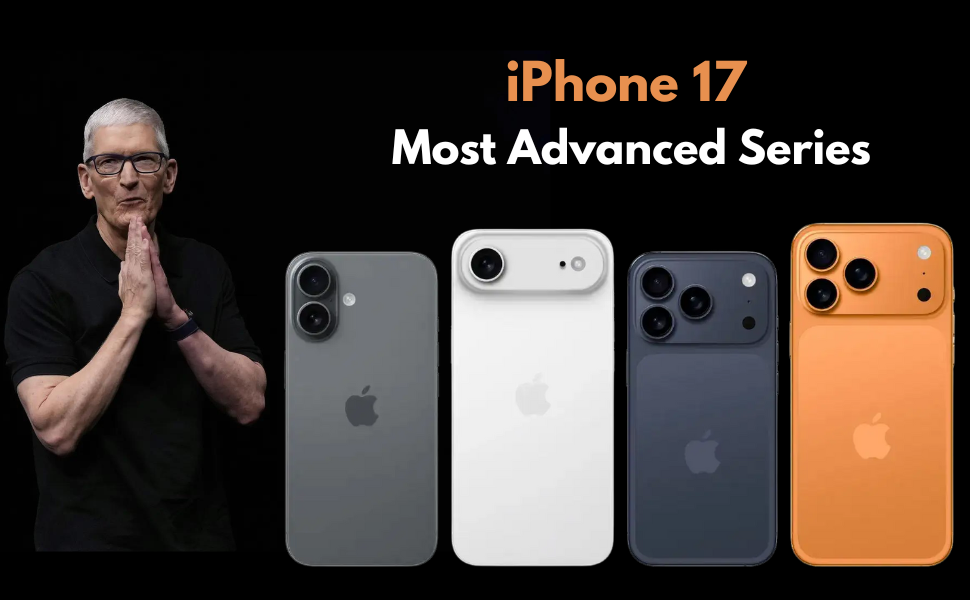
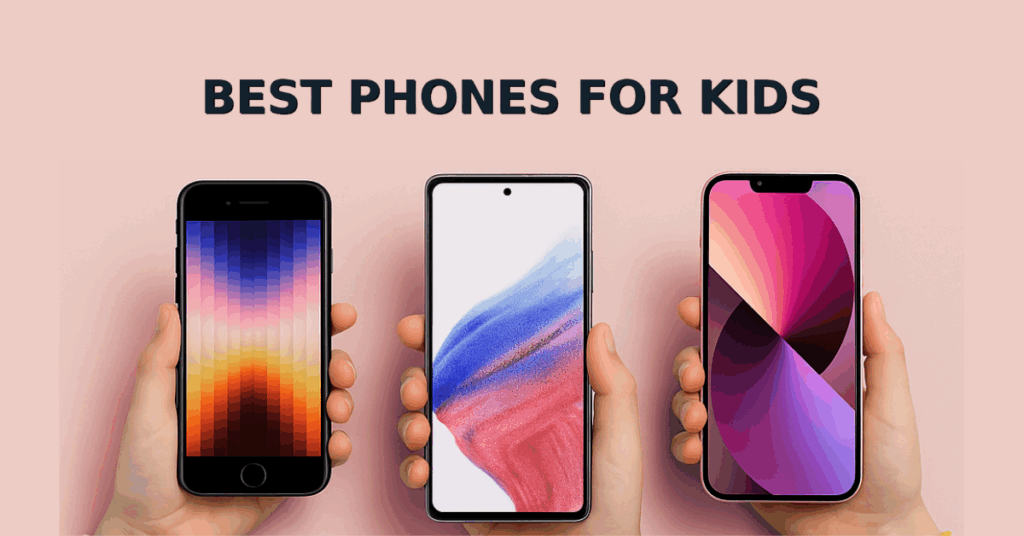


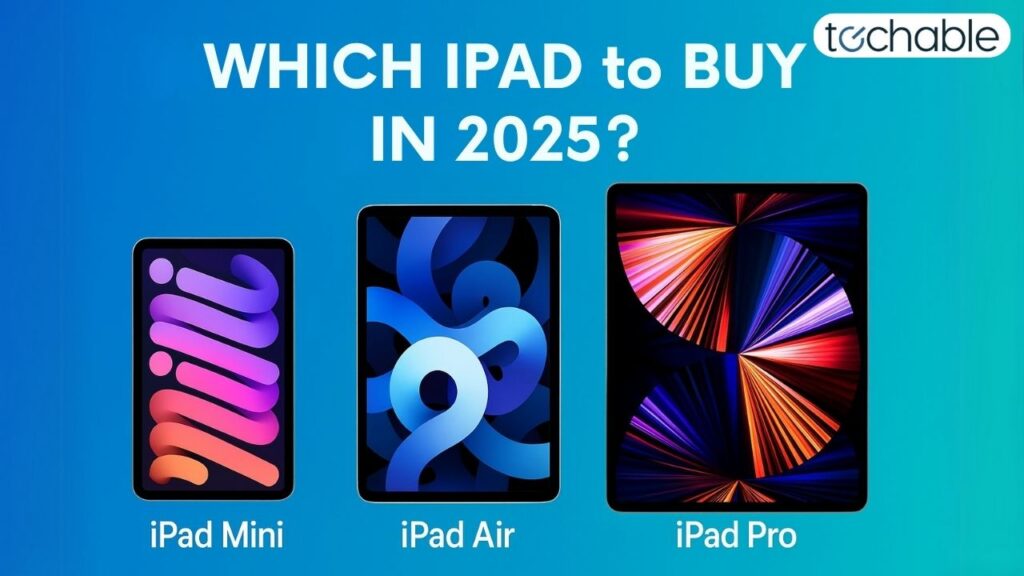
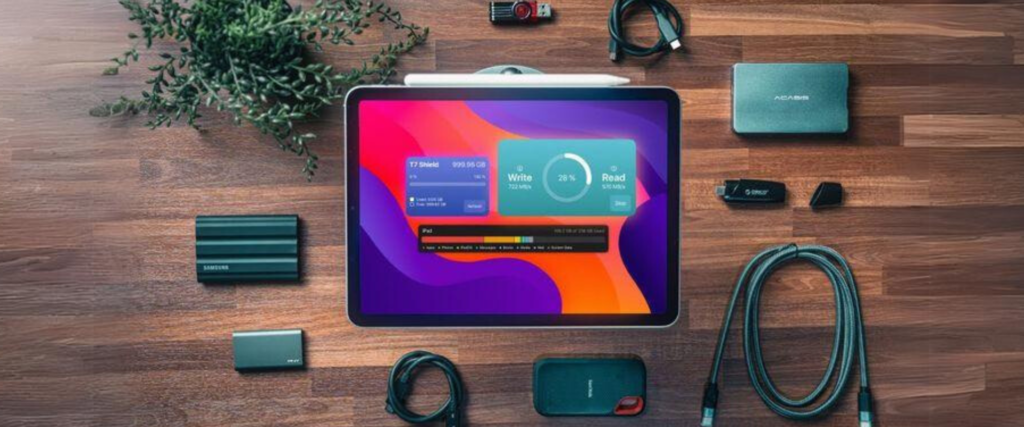

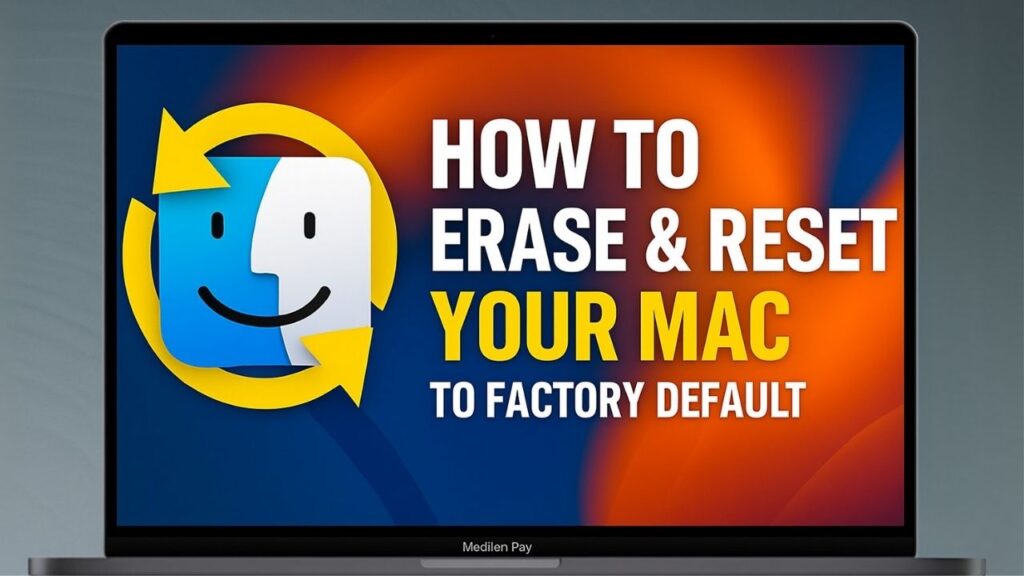
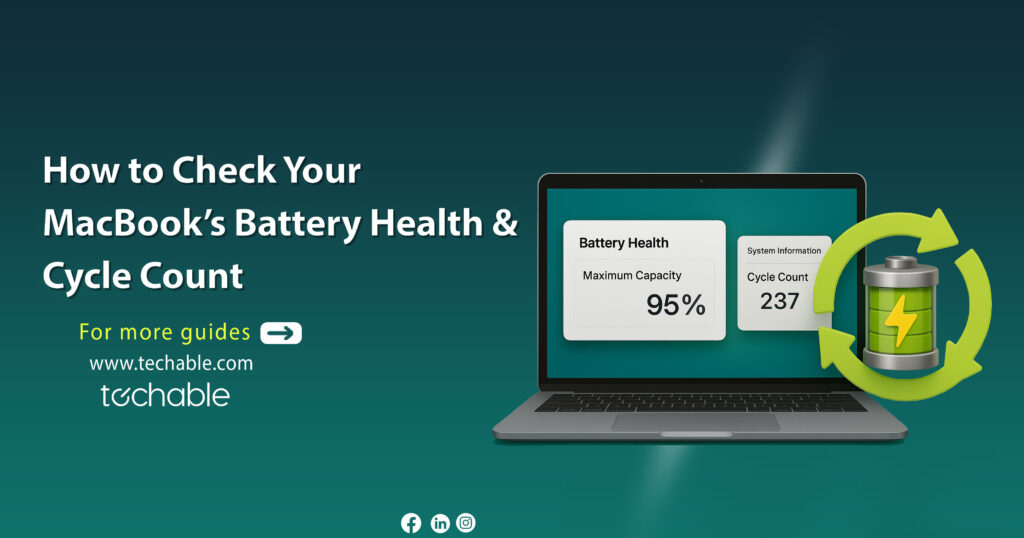
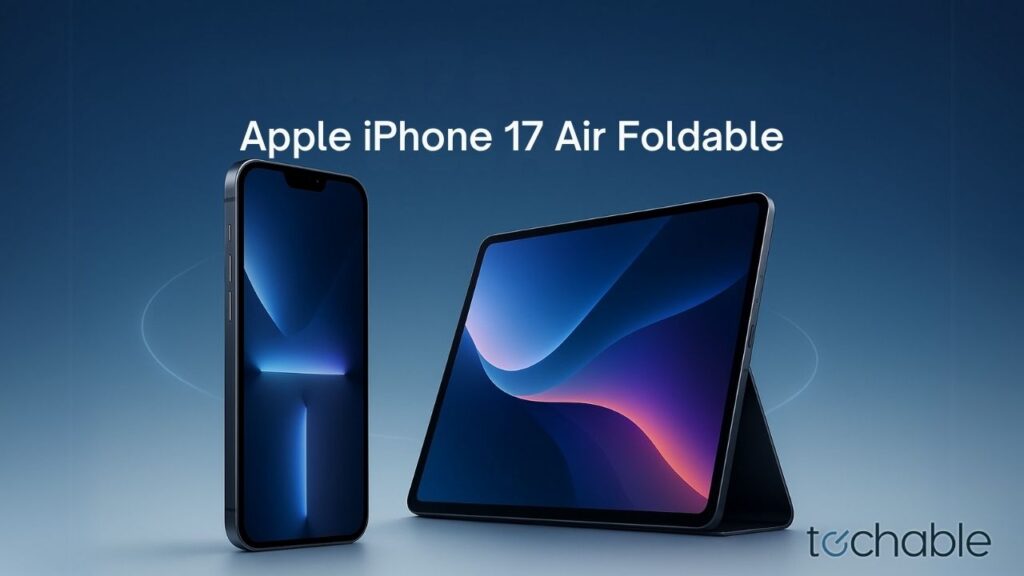

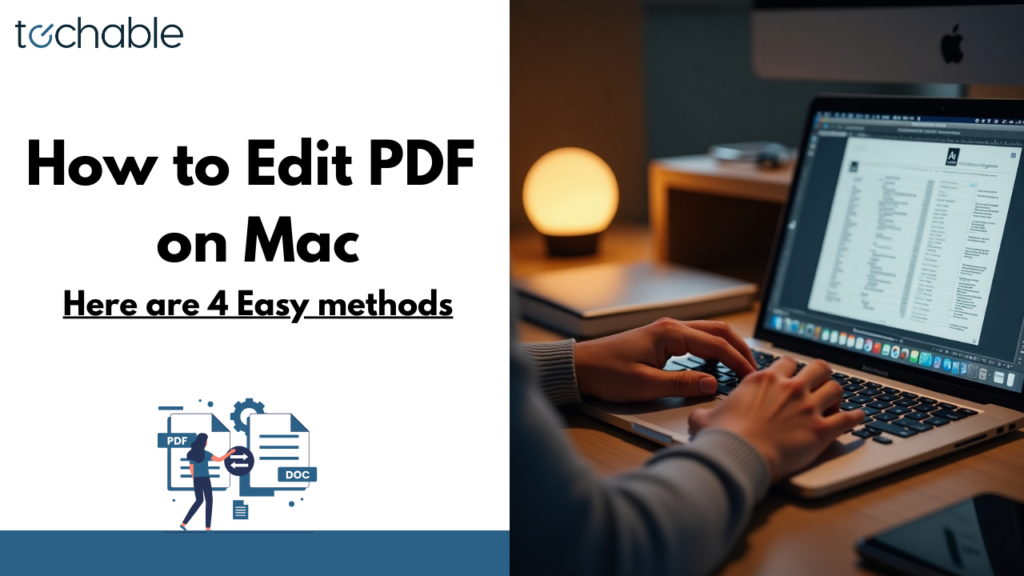
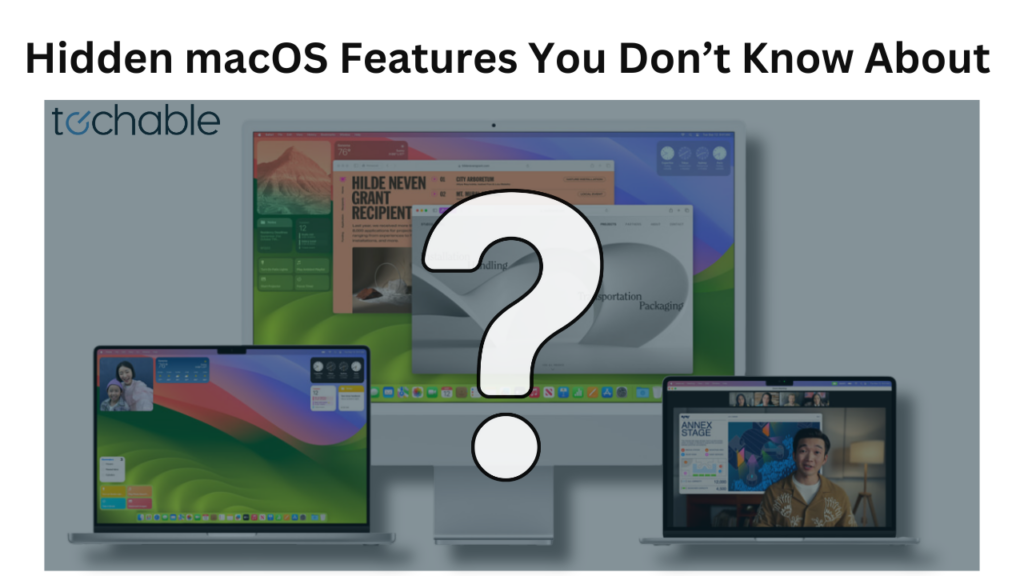
Very Interesting